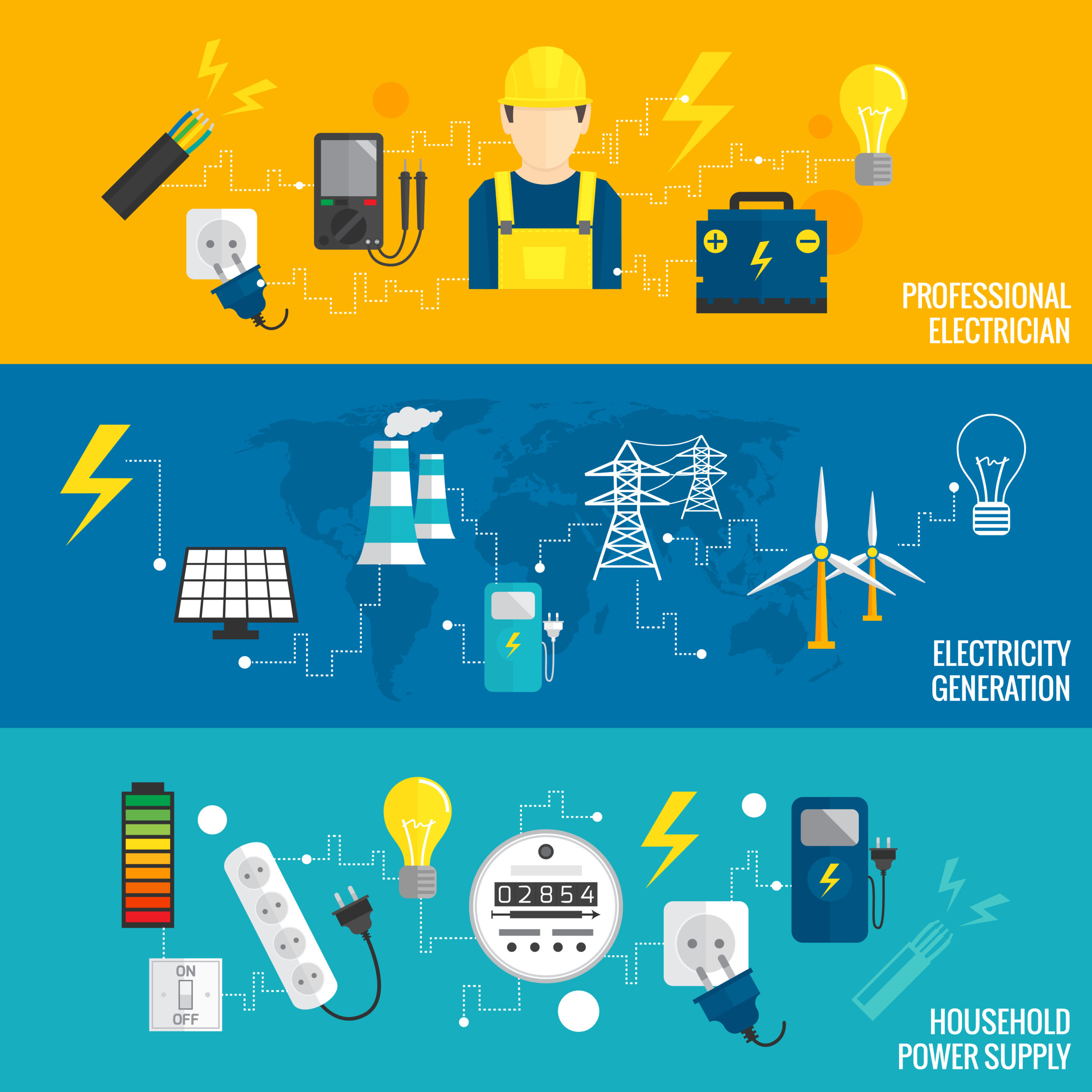The rise of innovative technologies has drawn attention to a looming issue of severe electrical power shortages in the near future. These advancements, including eco-friendly manufacturing facilities and data centers, have reignited concerns about the adequacy of the electricity supply. These concerns coincide with the deteriorating condition of the United States’ aging power grid, which is in urgent need of refurbishment.
The vulnerability of the power infrastructure was exposed by the 2021 Texas power outage, which was partly linked to crypto mining. Notable figures in the tech industry, such as Elon Musk, have also warned of an impending shortage of electricity and transformers necessary for artificial intelligence by 2025. There is a surge in power demand across the United States due to the emergence of new technologies. The Washington Post stated that in Georgia the industrial power demand has reached unprecedented levels, with forecasts suggesting a seventeenfold surge in electricity consumption over the next decade. Similarly, Northern Virginia and Texas face challenges in meeting the power demands of new data centers, as the required power is comparable to the capacity of multiple large nuclear plants.
The Washington Post reported that the increase in demand has spurred a frantic effort to extract more power from aging power infrastructure. At the same time, businesses are encouraging commercial clients to secure their own energy sources, with some even resorting to building private power plants. A significant portion of this increased demand arises from the rapid growth of artificial intelligence, which necessitates substantial computing infrastructure. These structures, such as cryptocurrency mining farms, consume significant power, further adding to the strain on the power infrastructure.
Climate change further complicates sustainability efforts. According to a report by the North American Electric Reliability Corporation, it is predicted that the potential power shortages will affect over 300 million people in the U.S. and Canada by 2024. The report highlights a faster-than-expected rise in electricity demand. New Scientist stated that this increase is partly driven by initiatives to electrify heating and transportation systems, such as electric vehicles.
Transitioning from fossil fuels to renewable energy sources presents challenges. Although natural gas has been viewed as a temporary solution, it has brought about reliability concerns in the power system. Unlike the electric power infrastructure, the natural gas supply chain lacks strict reliability standards, which can pose risks during winter when fuel availability may be uncertain. The North American Electric Reliability Corporation stated that ensuring a dependable electricity supply depends on implementing reliability standards for the natural gas industry. This, however, presents logistical challenges.
The Vox stated that despite recent successes in managing summer power demands, concerns persist regarding the resilience of the power infrastructure, especially with ongoing technological advancements and the impacts of climate change.
Continued on source.
Read more on The Washington Post, New Scientist, Vox.
Read more about the report conducted by North American Electric Reliability Corporation.

